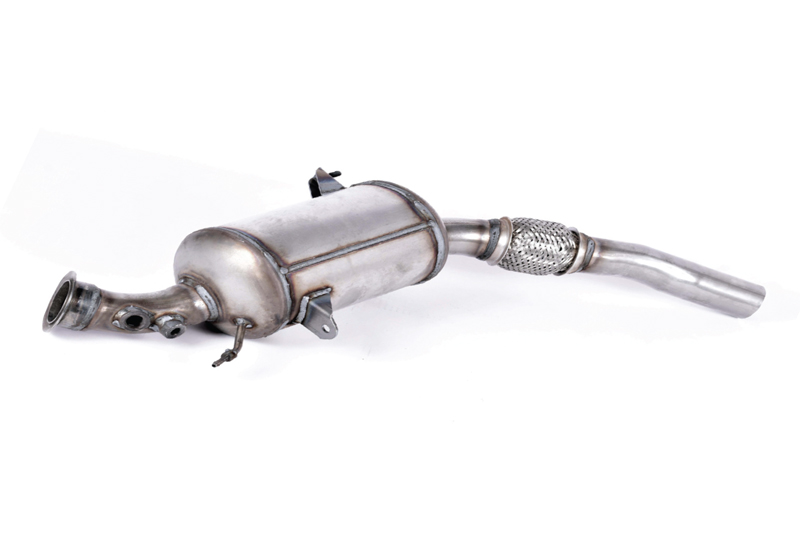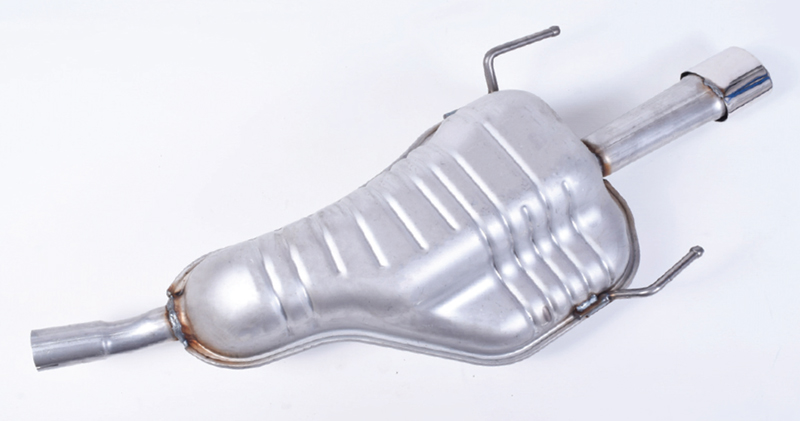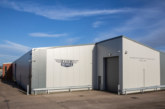The role of exhaust systems in controlling emissions

European Exhaust and Catalyst (EEC) emphasises the critical role of exhaust systems in modern vehicles, focusing on maximising engine performance, optimising fuel consumption, and reducing noise. With stringent European emission standards, these systems are increasingly vital for controlling vehicle emissions, according to Stuart Still, EEC’s technical trainer.
European regulations mandate that all new petrol and diesel vehicles must be equipped with catalytic converters and DPFs. These components are essential for meeting emission standards and ensuring that vehicles operate efficiently. Guaranteeing that your customers use the correct exhaust systems is critical. The right exhaust system maintains proper backpressure levels, ensuring the engine operates with the optimal air-fuel mixture, which maximises power, improves fuel efficiency, and controls emissions.
Furthermore, a well-maintained exhaust system prolongs the life of other engine parts, such as exhaust valves, EGR valves, silencers, catalytic converters, DPFs, and lambda sensors.
Emission control and noise reduction
A key function of the exhaust system is emission control. Designed to reduce pollutant gases released into the atmosphere, exhaust systems must maintain precise backpressure. This involves the catalytic converter and DPF working together to clean the exhaust gases before they are released.
Additionally, noise reduction is another critical function. Properly tuned exhaust systems reduce noise levels and resonance; however, an increase in noise suggests the system is deteriorating due to corrosion. Porosity in the muffler or other parts can lead to increased noise and reduced effectiveness of the catalytic converter. Thus, it’s important to recommend exhaust systems that are correctly matched to the vehicle and installed by professionals.
Managing back pressure
Understanding backpressure is crucial for maintaining engine performance. Low backpressure, often caused by holes or degraded internals, allows exhaust gases to escape too quickly. This can lead to unburnt fuel entering the catalytic converter, causing damage to its monolith structure.
Conversely, high backpressure, which can result from blockages or internal damage, prevents exhaust gases from escaping efficiently. This leads to an incorrect air-fuel ratio and a slower burn during the power stroke, reducing engine power and potentially damaging exhaust valves and the catalytic converter. Regular inspection and timely replacement of exhaust systems are essential to avoid these issues.

Addressing vibrations
Exhaust system vibrations, often due to failed exhaust rubber supports and engine mountings, can cause silencer malfunctions. When an exhaust system is replaced, it is important professionals also replace any worn mounting components to prevent these issues. High-quality exhaust systems, such as those from EEC, provide reliability and longevity when properly installed.
Conclusion
Staying informed about exhaust systems is essential. Promoting the use of quality systems, regular inspections, and proper installation helps maintain vehicle performance, fuel efficiency, and emission control.








